
Michael William Balfe was an Irish composer, best remembered for his operas, especially The Bohemian Girl.

Jacques Cazotte was a French author and a monarchist. He predicted the Reign of Terror and was guillotined shortly after.
Fantastique is a French term for a literary and cinematic genre and mode that is characterized by the intrusion of supernatural elements into the realistic framework of a story, accompanied by uncertainty about their existence. The concept comes from the French literary and critical tradition, and is distinguished from the word "fantastic", which is associated with the broader term of fantasy in the English literary tradition. According to the literary theorist Tzvetan Todorov, the fantastique is distinguished from the marvellous by the hesitation it produces between the supernatural and the natural, the possible and the impossible, and sometimes between the logical and the illogical. The marvellous, on the other hand, appeals to the supernatural in which, once the presuppositions of a magical world have been accepted, things happen in an almost normal and familiar way. The genre emerged in the 18th century and knew a golden age in 19th century Europe, particularly in France and Germany.

Marius Ivanovich Petipa, born Victor Marius Alphonse Petipa, was a French and Russian ballet dancer, pedagogue and choreographer. Petipa is one of the most influential ballet masters and choreographers in ballet history.
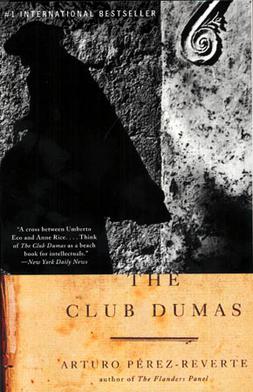
The Club Dumas is a 1993 novel by Arturo Pérez-Reverte. The book is set in a world of antiquarian booksellers, echoing his previous 1990 work The Flanders Panel.
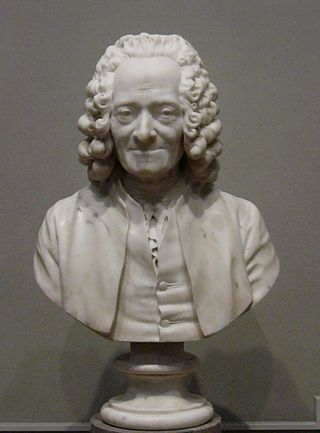
18th-century French literature is French literature written between 1715, the year of the death of King Louis XIV of France, and 1798, the year of the coup d'État of Bonaparte which brought the Consulate to power, concluded the French Revolution, and began the modern era of French history. This century of enormous economic, social, intellectual and political transformation produced two important literary and philosophical movements: during what became known as the Age of Enlightenment, the Philosophes questioned all existing institutions, including the church and state, and applied rationalism and scientific analysis to society; and a very different movement, which emerged in reaction to the first movement; the beginnings of Romanticism, which exalted the role of emotion in art and life.
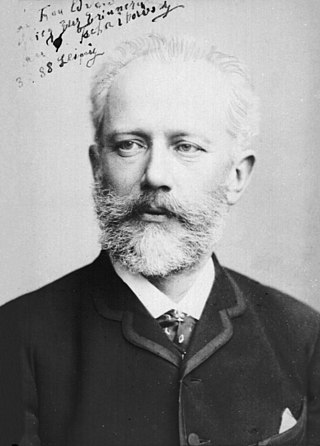
The Sleeping Beauty is a ballet in a prologue and three acts to music by Pyotr Ilyich Tchaikovsky, his Opus 66, completed in 1889. It is the second of his three ballets and, at 160 minutes, his second-longest work in any genre. The original scenario was by Ivan Vsevolozhsky after Perrault's La belle au bois dormant, or The Beauty Sleeping in the Forest; the first choreographer was Marius Petipa. The premiere took place at the Mariinsky Theatre in St. Petersburg on January 15, 1890, and from that year forward The Sleeping Beauty has remained one of the most famous of all ballets.
Alexis Roland-Manuel was a French composer and critic, remembered mainly for his criticism.

The Devil in Love is an opera in three acts by Alexander Vustin. The libretto was written in Russian by Vladimir Khachaturov, based on the 1732 novel The Devil in Love by Jacques Cazotte. Completed in 1989, it was premiered on 15 February 2019 at the Stanislavski and Nemirovich-Danchenko Theatre in Moscow.
The Devil in Love may refer to:

Alexander Kuzmich Vustin, also Voustin or Wustin was a Russian composer. His works, including the opera The Devil in Love, were played and recorded internationally.
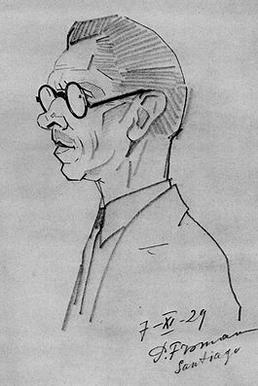
The Sergeyev Collection is a large assemblage of materials that document the repertory of the Imperial Ballet of St. Petersburg as it existed at the turn-of-the 20th century. The collection consists primarily of choreographic notation and music materials for most of the notated works. Also includes are designs for stage décor and costumes, photos, and theatre programmes for performances of the Imperial Ballet at the turn-of-the 20th century. The choreographic notations record—in varying degrees of detail—the original works and revivals of the choreographer Marius Petipa, who served as Premier Maître de ballet of the St. Petersburg Imperial Theatres from 1871 until 1903. The Sergeyev Collection also documents a small number of ballets choreographed by Lev Ivanov, who served as Second Maître de ballet of the St. Petersburg Imperial Theatres from 1885 until his death in 1901. The dance sections of several operas are also among the notated choreographies of the Sergeyev Collection, the majority of which are the work of Petipa and Ivanov, respectively.
The 1895 Petipa/Ivanov/Drigo revival of Swan Lake is a famous version of the ballet Swan Lake,, . This is a ballet by Pyotr Ilyich Tchaikovsky based on an ancient German legend, presented in either four acts, four scenes, three acts, four scenes or, more rarely, in two acts, four scenes. Originally choreographed by Julius Reisinger to the music of Pyotr Ilyich Tchaikovsky, it was first presented as The Lake of the Swans by the Ballet of the Moscow Imperial Bolshoi Theatre on 20 February/4 March 1877 in Moscow, Russia. Although the ballet is presented in many different versions, most ballet companies today base their stagings both choreographically and musically on this revival by Marius Petipa and Lev Ivanov, staged for the Imperial Ballet, first presented on 15 January/27 January 1895, at the Imperial Mariinsky Theatre in St. Petersburg, Russia instead of the original version.
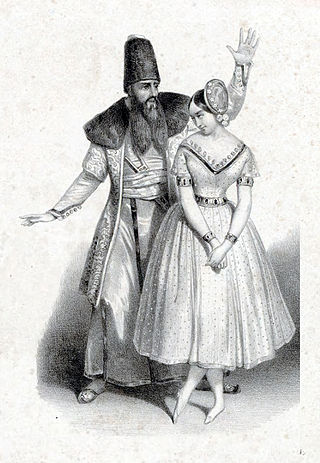
Le Diable amoureux is a ballet-pantomime in three acts and eight scenes, originally choreographed by Joseph Mazilier to the music of Napoléon Henri Reber and François Benoist. The libretto by Jules-Henri Vernoy de Saint-Georges is based on Jacques Cazotte's 1772 occult romance The Devil in Love. The work was first presented by the Ballet of the Royal Academy of Music in Paris on 23 September 1840, with Pauline Leroux, Mazilier, and Louise Fitz-James.

Jean-Antoine-Nicolas Petipa was a French ballet dancer and the father of Marius Petipa.
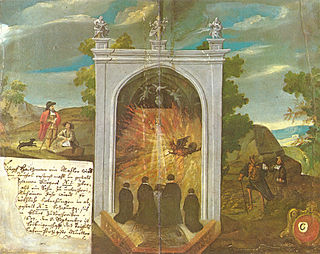
The idea of making a deal with the devil has appeared many times in works of popular culture. These pacts with the Devil can be found in many genres, including: books, music, comics, theater, movies, TV shows and games. When it comes to making a contract with the Devil, they all share the same prevailing desire, a mortal wants some worldly good for their own selfish gain, but in exchange, they must give up their soul for eternity.

The Female, released in the United Kingdom as A Woman Like Satan, is a 1959 French-Italian drama film directed by Julien Duvivier. It is the fourth film adaptation of the novel La Femme et le pantin by Pierre Louÿs.
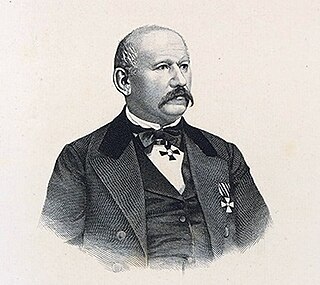
Oleksa Storozhenko was a writer, anthropologist and playwright from the Russian Empire.

Pierre Lacotte was a French ballet dancer, choreographer, teacher, and company director. He specialised in the reconstruction of lost choreographies of romantic ballets.
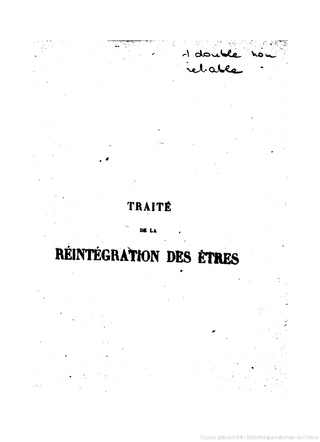
The Treatise on the Reintegration of Beings into Their Original Estate, Virtues and Powers both Spiritual and Divine is a book written by Martinès de Pasqually—a theurgist and theosopher of uncertain origin—in 1772–1773.

















